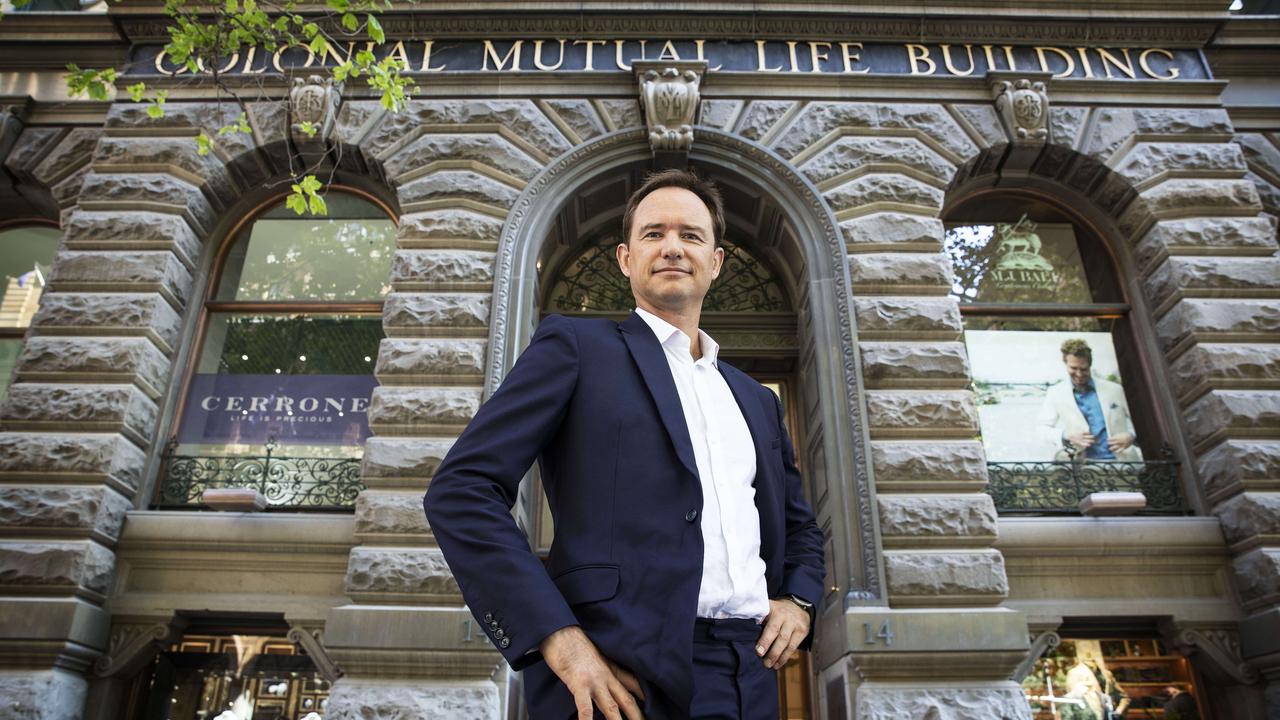RBA ammunition is better in reserve
It’s easy to come up with scenarios where it would be useful for the Reserve Bank to hold extra bullets.
That’s not to say the world is about to go pear-shaped; just that it’s easy to come up with scenarios where it will be seen as prescient to have held some ammunition in reserve.
The election of Donald Trump as US president, while unlikely, could precipitate a plunge in the dollar, leaving our currency at an artificially high level, with an accelerating slowdown in China the other main danger.
By that time, RBA governor Glenn Stevens will be long gone, having handed over to Philip Lowe on September 17.
In true central banker’s style, there was nothing remarkable about Stevens’ final monetary policy decision, which was his 110th.
Independent economist Saul Eslake had it about right when he said you had to “torture the statement before it actually confessed something”. Even then, the confession was hardly revelatory.
There was some commentary on Stevens’ deletion of a sentence from his August statement, which delivered a 25 basis-point cut in the cash rate to a record low of 1.5 per cent.
That sentence read: “The likelihood of lower interest rates exacerbating risks in the housing market has diminished.”
The excitement over the deletion of a sentence, such as it was, had a lot more to do with the dearth of other points of interest in Stevens’ statement than the content of the sentence itself.
It doesn’t mean the RBA believes that the level of risk in the housing market is again rising.
A more likely explanation is that the central bank is satisfied that supervisory measures taken by the prudential regulator to cool the market are doing their job.
As Eslake points out, the dynamics of the Australian housing market are fundamentally different to the US, Irish and Spanish markets that were in the eye of the storm in the global financial crisis.
Sure, we have an extremely expensive residential market, and the percentage of household debt to gross domestic product is the highest in the developed world.
The situation merits close and continuing scrutiny, but the two critical drivers of the property collapses in the US, Ireland and Spain are absent in Australia — hordes of forced sellers who can’t keep up with their financial commitments, and a long-term excess of property supply over demand.
Most of the debt in Australia is also held by the richest households, and while credit standards have been tested there is not the same level of lending to the lower end of the market.
On growth, it’s likely on Wednesday that the nation will celebrate its 25th year of unbroken economic expansion. GDP is forecast to have risen 0.4-0.5 per cent in the June quarter. If so, this will mean the economy has been growing since the June quarter of 1990.
While Australia is challenging the Netherlands for the longest economic expansion of the modern era, the downside is that foreign debt keeps hitting a record high, albeit with the debt servicing ratio recently improving. Another concern is the persistently low level of business investment.
All around the world, expansionary monetary policy has not been delivering the expected rush of investment, particularly from listed companies that prefer to hoard their cash for dividend payments so they can satisfy the global hunt for yield.
An uncertain and volatile business environment, which punishes companies for investment programs that fall short of expected returns, certainly doesn’t help.





There’s a strong argument after Tuesday afternoon’s decision to keep the cash rate on hold that the Reserve Bank should preserve its policy firepower for next year when it might really be needed.